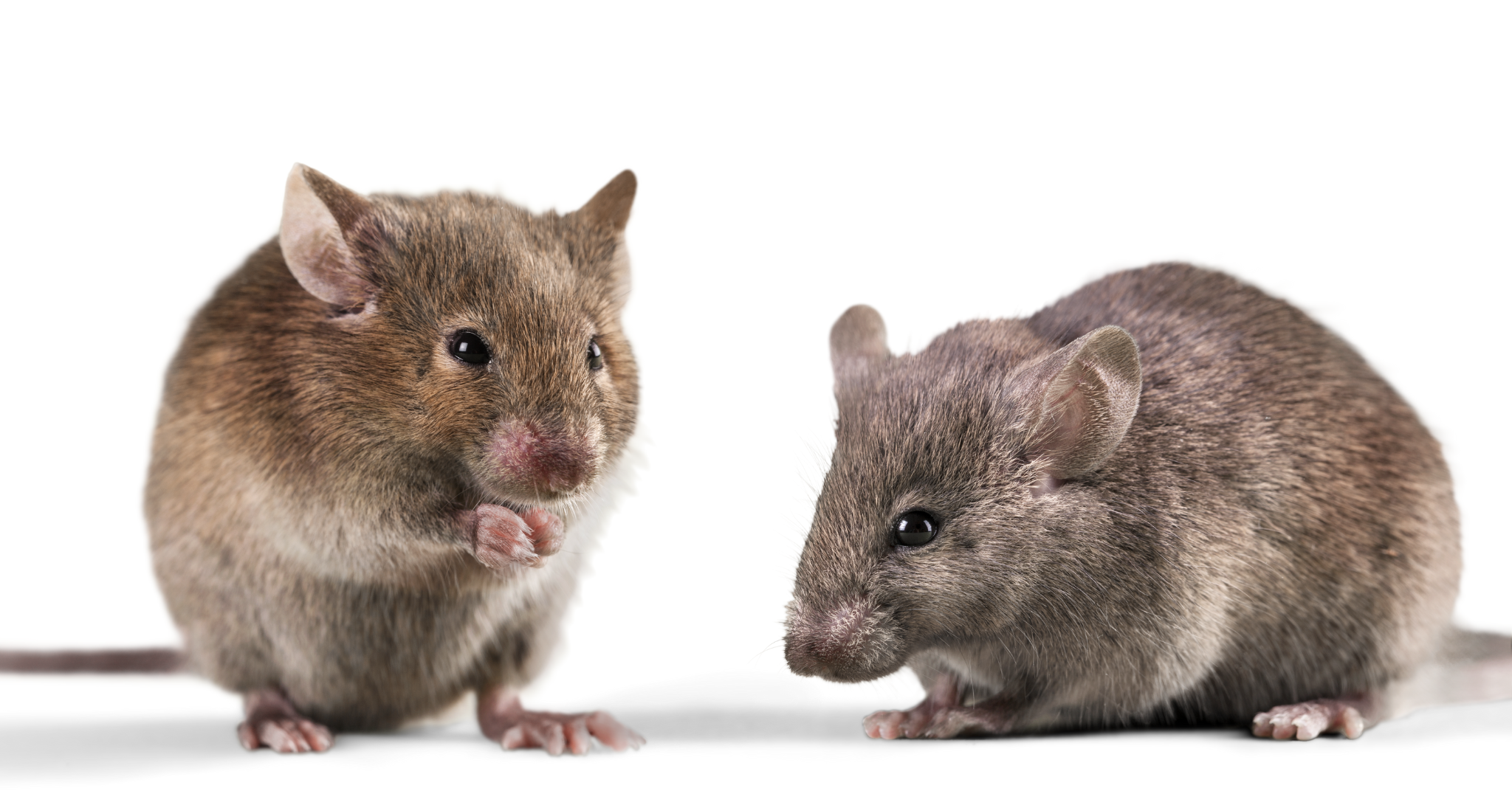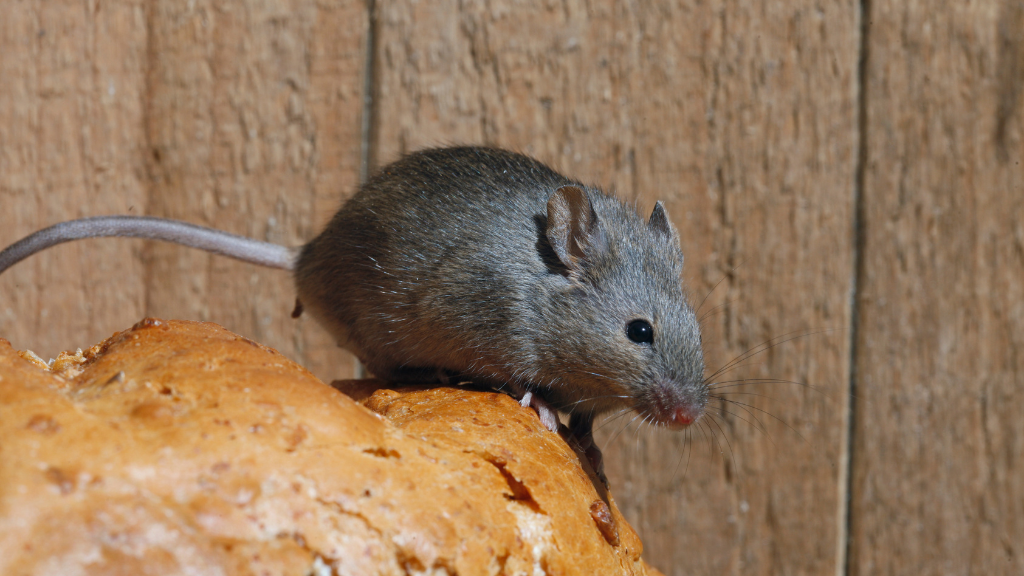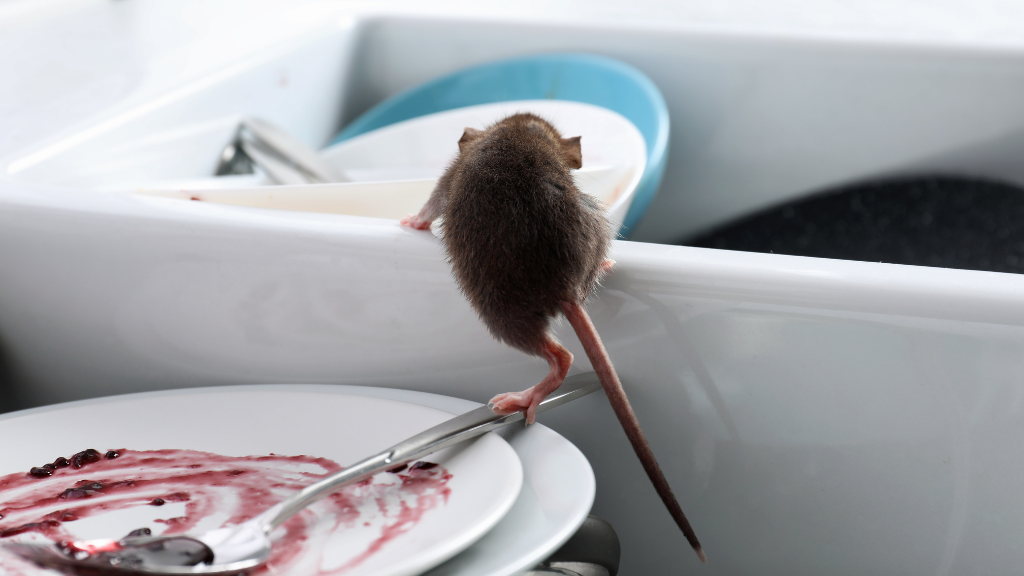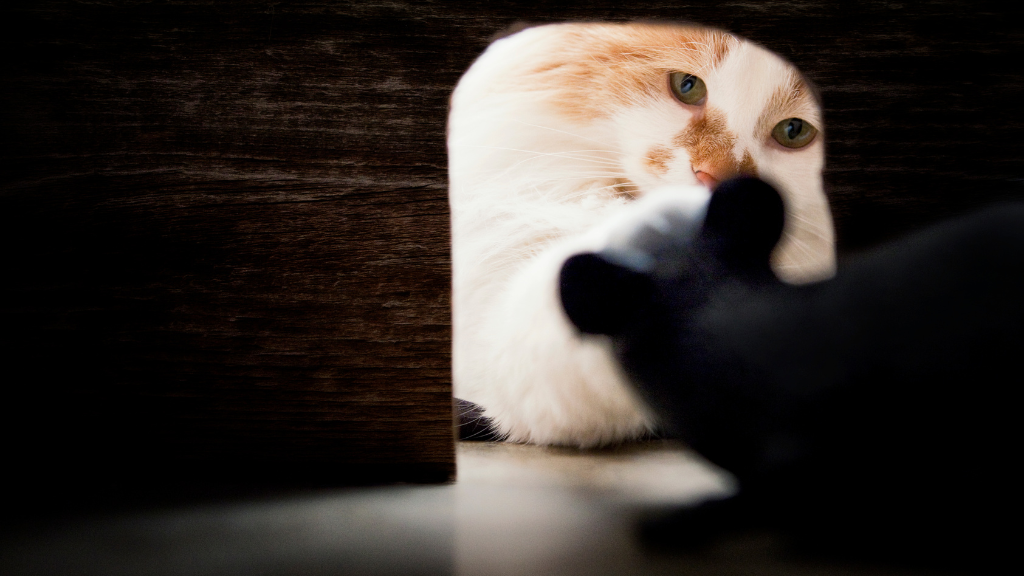What Is the Best Way to Get Rid of Mice?

House mice, known by the scientific name Mus musculus, are small rodents of the order Rodentia. The house mouse is found in almost every country around the world. It’s important to control rodent populations since these pests can damage food stores, eat crops, and spread parasites.

WHAT ARE MICE?
Mice are rodents with small ears, long bodies, hairless tails, and pointy snouts. They usually have gray, light brown, or black fur and have long whiskers. They are typically smaller than rats.
They range in size based on the breed as well as access to food. Some are as small as 28 mm, while others grow to as large as 130 mm.
Mice don’t usually get too heavy, but they will reach anywhere from 2.5 to 34 grams under normal circumstances. Those with ample access to food may become overweight.
While mice are often thought of as herbivores due to their typical diet of grains, fruits, and seeds, they are in fact omnivores and will also eat meat. These rodents even have a potential to cannibalize other mice, bugs, and insects.
In nature, mice live in fields, rocky areas, grasslands, and forests. Whether outside or indoors, they’ll build nests. The nests themselves vary based on location. For example, a house mouse might make its home in your walls and infiltrate the insulation to make a nest. Outside, mice might look for rocky areas or burrows.

WHY DO I HAVE MICE IN MY HOUSE?
Mice are drawn to locations with abundant food sources and adequate harborage areas to nest. When your home is tidy, clean, and free of clutter, these pests have fewer places to hide.
Brush, trees, pet food, and bird feeders can all draw mice into your yard, and once there, the rodents are much more likely to come indoors in search of shelter, food, and comfortable temperatures.
Common issues that can lead to mice inside include:
- Damaged weather stripping.
- Unsealed plumbing voids.
- Entry points in garages or storage areas.
- Gaps between doors, windows, or siding.
- Easy availability of pet foods or grains near doors.
- Accessible, open windows without screens.
Looking at that list, think about your home. Are there gaps where wind blows through on a blustery day? Do all the windows have screens? Could there be cracks in your foundation or concrete large enough to allow mice in? A mouse can fit through an opening as small as 6 to 7 mm, so be sure to inspect your home carefully for possible entry points.

HOW DO I GET RID OF MICE?
If you discover mice living in your home, the first step is to minimize their access to food and shelter so they’re more likely to leave in search of these resources elsewhere. These three steps are a great way to begin this process:
1. STORE FOOD PROPERLY
Mice want to be where the food is. They need to eat regularly and want to find food in a protected environment.
That’s why mice may enjoy chewing through the food tucked away on the bottom shelves of your cabinets or at the back of a deep pantry where you haven’t noticed or moved anything around in a while. They also like grabbing a few bites to eat from the top of dog or cat food bowls when the food is out in the open and easily accessible.
Properly storing food is essential to get rid of mice indoors. Put food in sealed, airtight containers that are gnaw-proof, and don’t forget to include pet food, too. Avoid leaving food out on counters, and remove pet food after feeding time. Wipe up crumbs (including inside cabinets and pantries) and sweep regularly.
2. CLEAN UP YOUR YARD
Make sure all brush, shrubs, and trees are at least 12–18 inches away from the sides of your home. Mice, as well as rats and other pests, don’t want to be seen and will seek out hiding places. If you eliminate those harborage areas, they’re much less likely to come onto your property in the first place.
Cutting the grass regularly and cleaning up pet waste can also help deter mice in your yard.
3. SEAL EXTERIOR ENTRY POINTS
Mice can get into cracks or holes that are a mere ¼ inches (6 to 7 mm). That means a mouse can squeeze through a gap as thin as the width of a pencil. Check areas near windows, doors, plumbing voids, chimneys, and transition areas (such as where the foundation meets the siding or stucco) of your home for possible openings.
To prevent mice from coming indoors, seal these entry points using steel wool, caulk, or cement, depending on the location and surrounding material of the opening.
That’s why outdoor maintenance is a priority for minimizing the likelihood of rodents in your home. It’s possible for mice to chew through repairs, so staying on top of regular inspections will help you prevent problems before they start.

IS IT POSSIBLE TO PERMANENTLY GET RID OF MICE?
Despite your best efforts, it can be a tough battle to permanently get rid of mice if a neighbor has an infested yard or if the mice have become well-established. Once mice find a place to call home, they’ll leave behind urine and feces and can spread pheromones to act as a scent trail to attract other mice.
If your DIY efforts haven’t stopped mouse activity on your property, professional pest control can help. Our field experts at Moxie Pest Control have the training, experience, and professional-grade products needed to evict unwanted rodents inside or outdoors and prevent new activity before it starts. Contact us online for a free quote and begin reclaiming your from bothersome pests today
SOURCES
- https://www.newworldencyclopedia.org/entry/Mouse
- https://pethelpful.com/rodents/The-Complete-Guide-to-Pet-Mice
- https://sssb.se/en/wp-content/uploads/sites/2/Facts_ratsmice_ENG.pdf
- https://www.insider.com/guides/home/how-to-get-rid-of-mice
- https://www.cdc.gov/hantavirus/resources/covid-vs-hantavirus.html
- https://www.cdc.gov/hantavirus/rodents/index.html
AUTHOR BIO
Courtney Enzor has worked in the pest control industry for about a decade. From helping you build a fly trap to giving you the best tips for identifying various bugs, she loves answering all your pest-related questions and sharing her pest-related expertise through writing. At the end of the day, she hopes her content will help people avoid mishaps and keep families happy and healthy!

